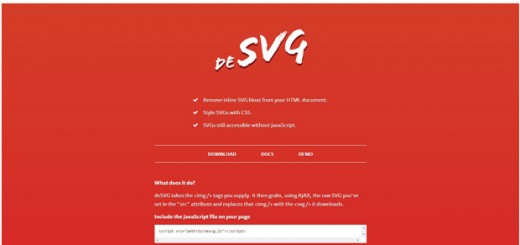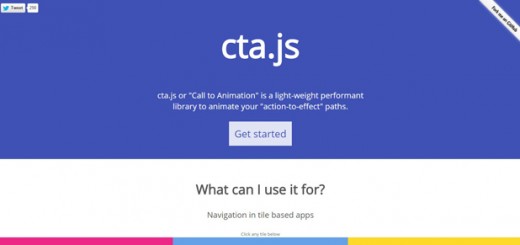When it comes to JavaScript libraries , there is a notable list such as jQuery, MooTools, Prototype, Dojo and YUI – which can be great for accomplishing common JavaScript tasks. All of the above mentioned libraries provide a plethora of functions, whether the matter is related to events or effects or AJAX- and if by chance any of these libraries cannot do the job, there is definitely a plug-in which exists that can!
The flexibility provided by most of these Libraries is great – however, at times the biggest setback regarding several of these is their file size – and despite being able to adopt a well-known JavaScript library for functionality’s sake – it would be deemed a wise decision, that you may first want to perform a specific task which can be accomplished by a more lightweight library dedicated exclusively to that task or, that is not supported by the more popular JavaScript libraries.
In this article we would like to list at present 10 Best JavaScript Libraries for May 2014 which serve specific purposes. Be aware that these are but a few of the myriad which exist out there, however- we would like o think that every Web designer or developer will find something helpful in this roundup.
Enjoy!
1. Shepherd
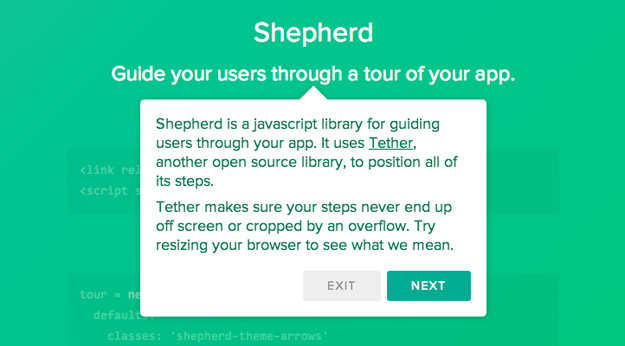
Shepherd is a javascript library for guiding users through your app. It uses Tether, another open source library, to position all of its steps. Tether makes sure your steps never end up off screen or cropped by an overflow. Try resizing your browser to see what we mean. Shepherd supports IE9+ and all modern browsers.
2. Epoxy.js
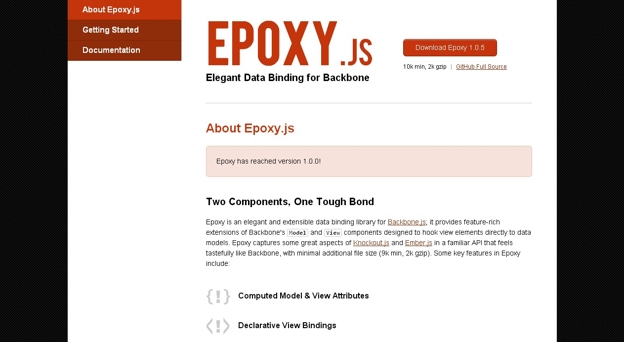
Epoxy is an elegant and extensible data binding library for Backbone.js; it provides feature-rich extensions of Backbone’s Model and View components designed to hook view elements directly to data models. Epoxy captures some great aspects of Knockout.js and Ember.js in a familiar API that feels tastefully like Backbone, with minimal additional file size (9k min, 2k gzip). Some key features in Epoxy include.
3. Intercooler.js
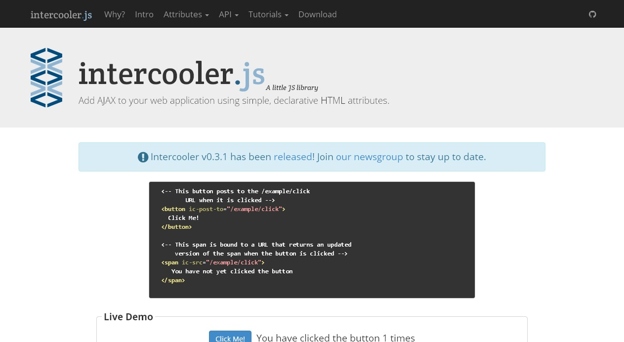
Intercooler is a little library built to play well with other web technologies, like AngularJS, EmberJS and Turbolinks. Intercooler uses pattern matching in your URLs to detect and refresh dependencies between HTML elements. Typically it will do the right thing without much work on your part. And, if you need to add or ignore dependencies, Intercooler allows you to do that as well.
4. CryptoCoin.js
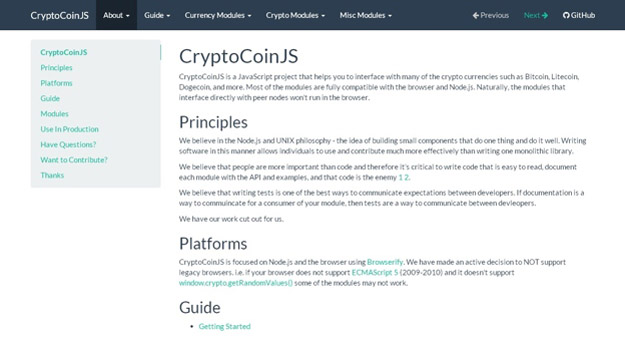
CryptoCoinJS is a JavaScript library that helps you to interface with many of the crypto currencies such as Bitcoin, Litecoin, Dogecoin, and more. Most of the modules are fully compatible with the browser and Node.js. Naturally, the modules that interface directly with peer nodes won’t run in the browser.
5. Debug
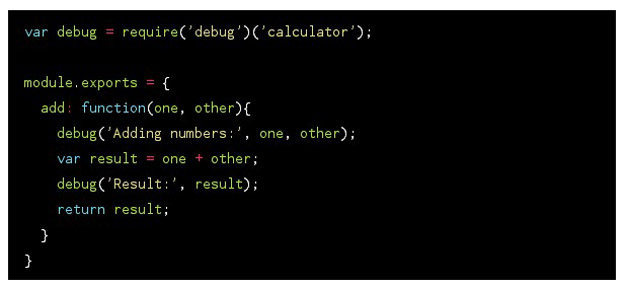
Debug is a small library for logging debug messages. Since it is just a wrapper around console.log, it works in both Node and the Browser. It allows you to filter logging output without changing your source and it also outputs time differences which lets you easily tell how much time has elapsed between log messages.
6. Pour Over
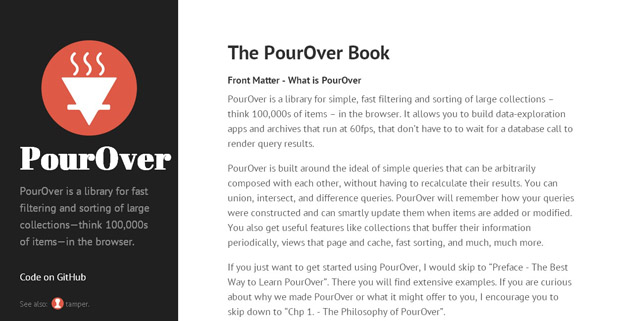
PourOver is a library for simple, fast filtering and sorting of large collections. It allows you to build data-exploration apps and archives that run at 60fps, that don’t have to to wait for a database call to render query results.
7. At.js
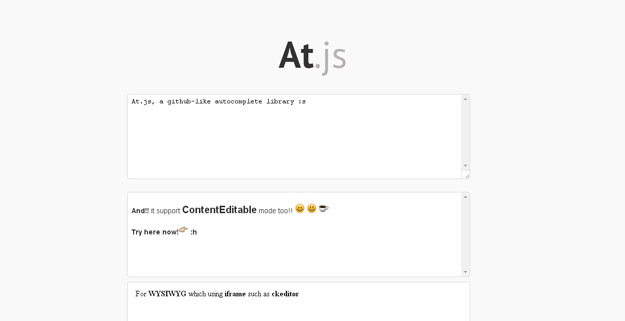
At.js is an autocompletion library to autocomplete mentions, smileys etc. just like on Github or Twitter. It supports HTML5 contentEditable elements. You can listen to any character and not just ‘@’, set up multiple listeners for different characters with different behavior and data. Listener events can be bound to multiple inputors. Keyboard controls are supported in addition to mouse. You can use custom data handlers and template renderers using a group of configurable callbacks.
8. Ani.js
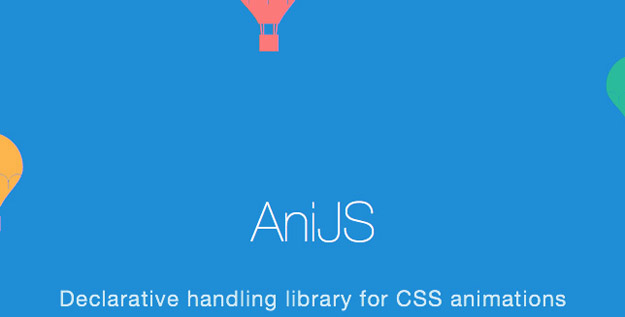
AniJS is a declarative handling library for CSS animations that makes development quicker and more eloquent. It’s fully documented and easy to get started with.
9. Seen.js
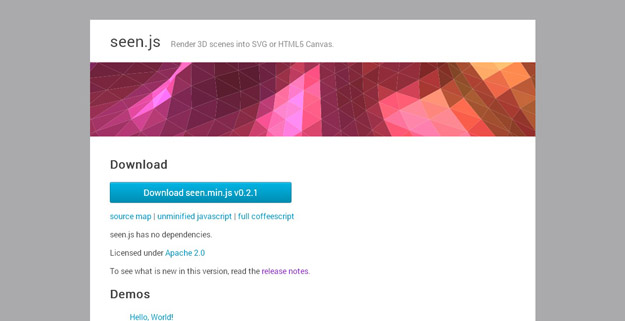
Seen.js renders 3D scenes into SVG or HTML5 Canvas. Seen.js contains a simple abstraction on top of the graphics capabilities of SVG and HTML5 Canvas elements. All of the other components of this library are agnostic to the type of context it will be rendered in. Seen.js contains a looping, event-firing class for animating scenes. The render context contains a method .animate() which will create and return an animator that is set up to invoke the context’s .render() method. To modify the scene on every frame, listen to the ‘beforeRender’ event.
10. Wad
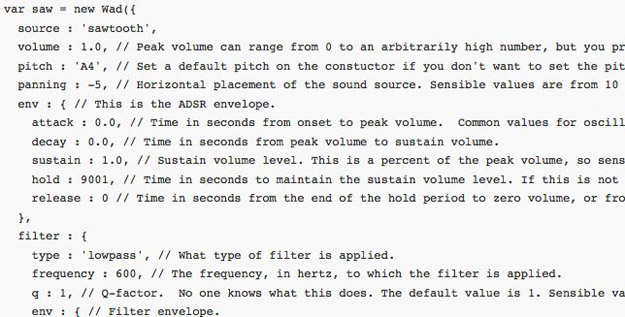
Wad is a JavaScript library for manipulating audio using the HTML5 Web Audio API. It simplifies creating, playing, and manipulating audio files, with an interface much like a desktop DAW.



